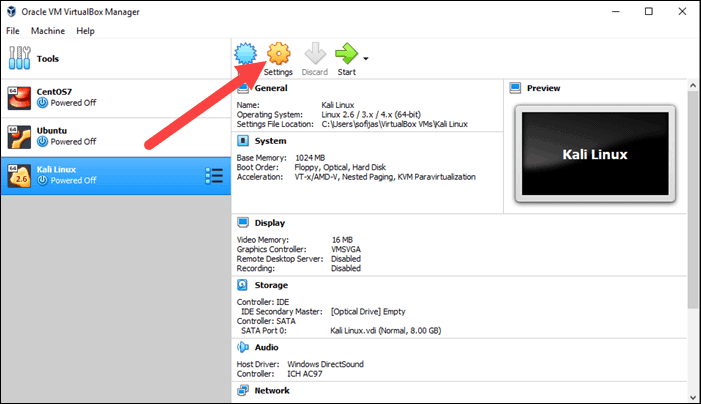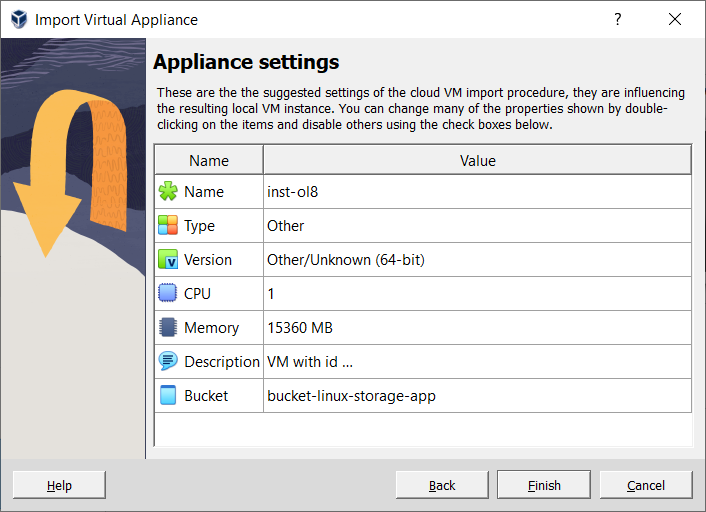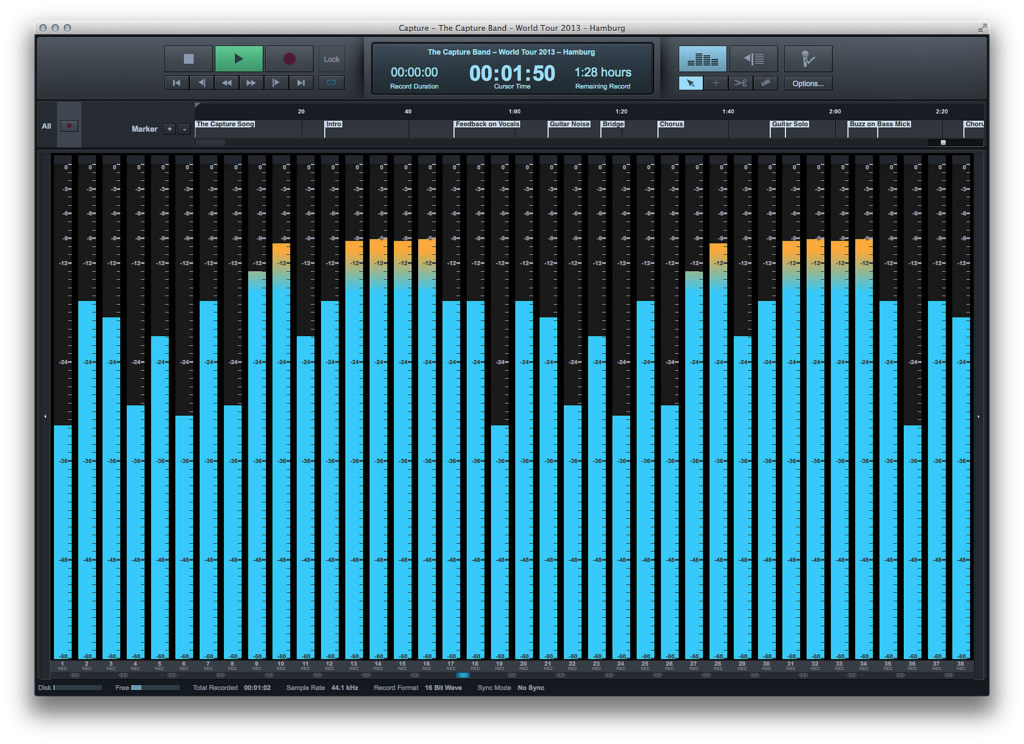This tutorial will show you step by step what to do when VirtualBox is only showing 32-bit and no 64-bit versions of operating systems as options while creating a new virtual machine.
- Oracle Virtualbox Download 32 Bit
- Oracle Virtualbox For 32 Bit Host
- Virtualbox Windows 7 32 Bit
- Virtualbox 32 Bit Host Windows 10
Windows 7 (32-bit and 64-bit) Windows 8 (32-bit and 64-bit) Windows 8.1 (32-bit and 64-bit) Windows 10 RTM build 10240 (32-bit and 64-bit) Windows Server 2012 (64-bit) Windows Server 2012 R2 (64-bit) Windows Server 2016 (64-bit) 1 Support for 64-bit Windows was added with VirtualBox 1.5. Support for Windows XP was removed with VirtualBox 5.0. VirtualBox only showing 32 bit guest versions on my 64 bit host OS?
Note: This may be obvious for most of you, but your host operating system should be 64-bit to run 64-bit guest operating systems in VirtualBox.
If VirtualBox has no 64-bit option on Windows 10, then you can try the solutions on this page to fix the problem.
Methods:
My experience with this problem
I experienced the same problem while trying to install a 64-bit version of Linux Mint inside VirtualBox.
I opened VirtualBox, clicked on NEW, entered a name for the virtual machine, choose the type of operating system, but when I wanted to choose a version, I only saw 32-bit versions and NO 64-bit versions as an option.
But:
Fortunately, I found a simple solution online and on this page, I will share that solution with you.
Note! Your host operating system (OS installed on your PC) must be 64-bit.
I was using a 64-bit version of Microsoft Windows 10 Pro while creating this tutorial.
Make sure that “Intel Virtualization Technology” and “VT-d” are enabled
Enter BIOS settings and check if “Intel Virtualization Technology” and “VT-d” are enabled.
The following steps may be slightly different on your computer.
1. Start (or restart) your PC.
2. Press the right keyboard key to enter the BIOS setup. This must be done before Windows starts, so it's best to press the key a few times directly after you start your PC.
The exact key or key combination depends on your computer manufacturer and model.
Common keys to enter the BIOS are F1, F2, F10, DEL, and ESC.
3. Look for the following settings Intel Virtualization Technology and VT-d.
4. Make sure that they're both enabled.
5. If you made changes, then you must save the settings.
Windows 10 (host) must be a 64-bit operating system
To check if your Windows 10 is a 64-bit operating system, press the [Windows] + [pause] keyboard keys.
At System type (located under System), you should see something like 64-bit Operating System, x64-based processor.
Hyper-V must be disabled
Hyper-V is Microsoft's hardware virtualization product.
It lets you create and run virtual machines (like VirtualBox).
But:
Many third-party virtualization applications (including VirtualBox) do not work together with Hyper-V.
That's why you must make sure that Hyper-V is disabled.
To check if Hyper-V is disabled, follow the following steps:
1. Right-click on the Windows start menu button.
2. Click on Run.
3. Enter optionalfeatures.exe in the Run window.
4. Click on OK or press Enter.
The Windows Features window will appear.
5. Check if the Hyper-V option is unchecked.
6. If the Hyper-V option unchecked (like in the screenshot above), then you can close the Windows Features window.
But:
If the option is checked, then you will need to uncheck it and then click on OK.

If you want to be 100% sure that Hyper-v is disabled then follow these steps:
1. Right-click on the Windows start menu button.
2. Click on Command Prompt (Admin).
3. Enter the following command:
4. Press Enter.
5. After the command is finished, you will need to power down and reboot your PC.
Solution 1: Repair VirtualBox installation
1. Right-click on the installer file (the one you used to install VirtualBox) and choose Run as administrator.
If you don't have the installer file anymore, then you will need to download it from the VirtualBox website (www.virtualbox.org). The installer file must be the same version as the version of VirtualBox that's installed on your computer.
2. When the Windows User Account Control window appears, you click Yes.
Note: You might need to enter an administrator password in the User Account Control window and then click Yes.
A setup window will appear.
3. Click on Next.
4. Click on the Repair icon.
Oracle Virtualbox Download 32 Bit
5. Click on Repair located at the bottom right.
VirtualBox will now start the repairing process. This will only take a few seconds.
6. After the repair process is finished, you click on Finish.
VirtualBox may ask you to restart your PC.

Hopefully, this simple solution will solve your problem.
Solution 2: Disable “Memory integrity” in Windows 10
1. Open Windows Security.
2. Click on Device security.
3. Under Core isolation, you click on Core isolation details.
4. Make sure that Memory integrity is turned off.
If Memory integrity was enabled and you just disabled it, then you may need to restart your PC.
Hopefully, this simple solution will solve your problem.
☕ Buy me a coffeeMaybe you're also interested in:
I experienced an extremely nettlesome problem after swapping out my traditional hard drive for a fasterSolid State Drive (SSD). I installed Windows 8.1 from scratch using the Product Key, copied over all my software (I probably should have used Ninite but I was too lazy) and then mindlessly enabled a bunch of options that I never enabled before.
But Alas! Stupidity has a cost and in my case it cost hours of discomfiting nights scouring Google for a solution.
Today I want to save you the pain I encountered by showing you how to fix a problem I experienced in VirtualBox. This post is going to be succinct and to the point.
Even though my Host OS is a 64-bit version of Windows 8.1, VirtualBox categorically refused to display any 64-bit guest OSes in the Create Virtual Machine dialog box.
This was super annoying because all my ISOs were 64-bit therefore I couldn’t use them until I fixed this problem.
Uninstalling and reinstalling VirtualBox made no observable difference so I booted into the BIOS to see what I could find there.
I have a Lenovo ThinkPad W520. As a side note, a few months ago I made another idiotic mistake: I enabled a bunch of BIOS passwords to make myself feel secure but then forgot how to disable them!
Thank God I didn’t enable a Supervisor Password or else I would have to replace the system board. That’s seriously the only way to get around that one; resetting the CMOS won’t fix a forgotten Supervisor password. Thankfully, I remembered, the Hard Drive password and the Power-On Password, so after surmounting those obstacles, I removed those passwords and tried to see if there was anything I could enable to make VirtualBox display 64-bit Guest OS versions.
In the Security Section, I noticed an option called Virtualization.
Filled with a bracing hope, I tabbed over and hit enter but then noticed all relevant settings were already enabled!
Intel (R) Virtualization Technology was enabled and Intel (R) VT-d Feature was also enabled. These were two key options that VirtualBox was expecting. But since both were already enabled I was utterly flumoxed.
Do I need to toggle the values? In other words, do I need to disable both options, save changes, reboot, and then enable them again?
I couldn’t figure it out so I decided to poke around the administrator options in Windows to see what I could find.
I wanted to see what administrative Windows features were enabled – perhaps something was conflicting with the visualization settings in the BIOS?
I quickly pressed Windows Key + q to open the Search box and typed in:
I scanned a few options but one in particular was salient:
Hyper-V was enabled.
In Windows 8.1 Hyper-V is the successor to Microsoft Virtual PC. It’s the native virtualization component that is available to all Windows 8.1 users.
It was enabled though…
Interesting. Could this be conflicting with the Intel settings in my BIOS? I decided to uncheck the option to see.
Windows quickly displayed a progress bar denoting the removal of the Hyper-V platform and after about a minute prompted me to reboot.
When my system came back up, I swiftly logged back into the Windows, kicked open VirtualBox and checked the versions list:
Yes yes yes!!!!
I couldn’t have been more elated – something like this might seem trivial to some people but it was really worrying me. Because it used to work before I upgraded my hard drive. It turns out, upgrading my hard drive wasn’t even remotely causally related to my problem.
I think I literally pumped my fists in the air when I saw this screen.
Oracle Virtualbox For 32 Bit Host
The Bottom Line
Virtualbox Windows 7 32 Bit
If VirtualBox is only showing 32 bit versions in the Version list make sure:

- Your Host OS is 64-bits
- Intel Virtualization Technology and VT-d are both enabled in the BIOS
- The Hyper-V platform is disabled in your Windows Feature list.
I hope this helps you – I don’t know if my situation will apply to your system configuration but I wanted to share. Hopefully this little article will spare you the hours of mind numbing frustration that besieged me for the last few weeks.
Virtualbox 32 Bit Host Windows 10
Source: http://www.fixedbyvonnie.com/2014/11/virtualbox-showing-32-bit-guest-versions-64-bit-host-os/#.WBMy_MOKTRY